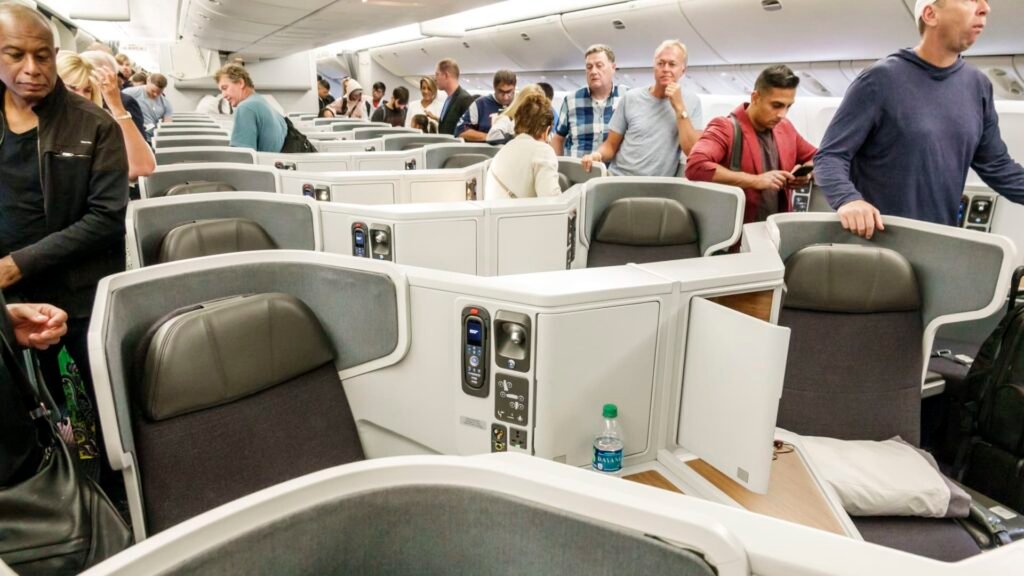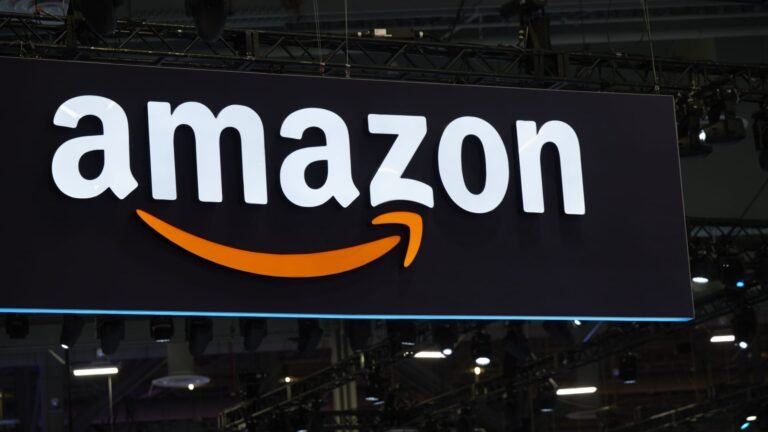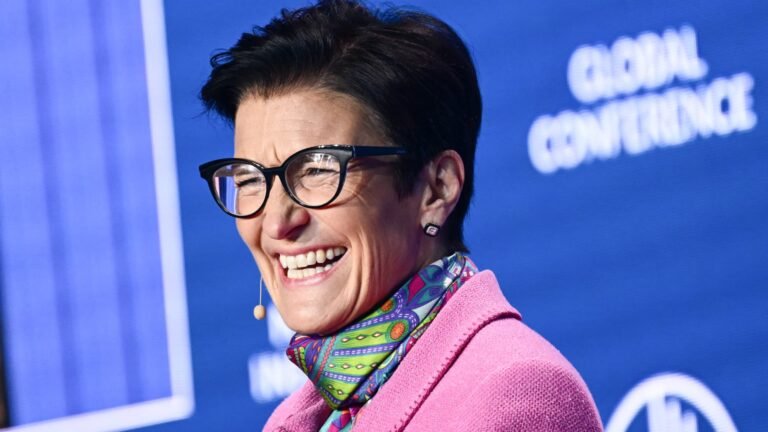
Cheap seats are no longer sufficient for airline passengers. Since the pandemic, travelers have demonstrated a willingness to pay extra for seats at the more spacious front of the cabin. Consequently, many of these seats are already occupied, making it more challenging for frequent flyers to secure complimentary upgrades to the front of the plane.
The number of frequent flyers with elite status is increasing, leading to heightened competition for premium seats from airport lounges to the first boarding group. Airlines anticipate even larger crowds during the year-end holiday season, which is expected to break previous records.
Even in the off-season of early 2025, executives are predicting strong demand. U.S. airlines are projected to increase their capacity by approximately 1% in the first quarter compared to the previous year, according to aviation data firm Cirium.
The price disparity between first class and coach tickets varies based on factors such as distance, demand, time of year, and time of day. For instance, a round-trip ticket on United Airlines from Newark, New Jersey, to Los Angeles International Airport in early February was $347 in standard economy and $1,791 in the Polaris cabin, offering lie-flat seats but no access to the international business-class lounge.
American Airlines’ nonstop flight from New York to Paris during Easter week 2025 was priced at $1,104 in coach and $3,038 in the Flagship Business class.
A significant portion of airlines’ revenue comes from loyalty programs, which are crucial for their financial stability. Balancing perks like free upgrades with revenue generation is essential for airlines.
In recent years, airlines have revised the criteria for earning elite status, emphasizing spending over distance flown. They have also increased the spending thresholds required to attain elite status. While United plans to raise spending requirements next year, American has announced that it will maintain its current criteria for the upcoming earning year starting in March.
About 15 years ago, only 12% of Delta’s domestic first-class seats were paid for by travelers. Today, that figure has risen to around 75% and is on the rise, according to Delta Air Lines President Glen Hauenstein.
The trend of passengers opting for premium seats is evident across the industry, from major carriers like Delta to budget airlines like Frontier Airlines, which is introducing more spacious first-class seats in its Airbus fleet in 2025. JetBlue Airways and Alaska Airlines are also making changes to accommodate the growing demand for premium seating options.
Airlines are rushing to expand their first-class sections or enhance their international business class offerings with larger screens and features like closing doors on flatbed seats to cater to the increasing demand for premium cabins.
Southwest Airlines, on the other hand, is taking a different approach by retrofitting its standard coach-only cabins with several rows of extra-legroom seats in response to changing customer preferences, particularly among younger travelers seeking a more premium experience.
CEO Bob Jordan mentioned that Southwest Airlines is not currently planning to introduce a first-class section like other carriers due to considerations such as the associated costs and potential impact on seating capacity. However, he did not rule out the possibility of such a move in the future.







